Home>Renovation & DIY>Tools & Equipment>What Grit Sandpaper For Pine Wood
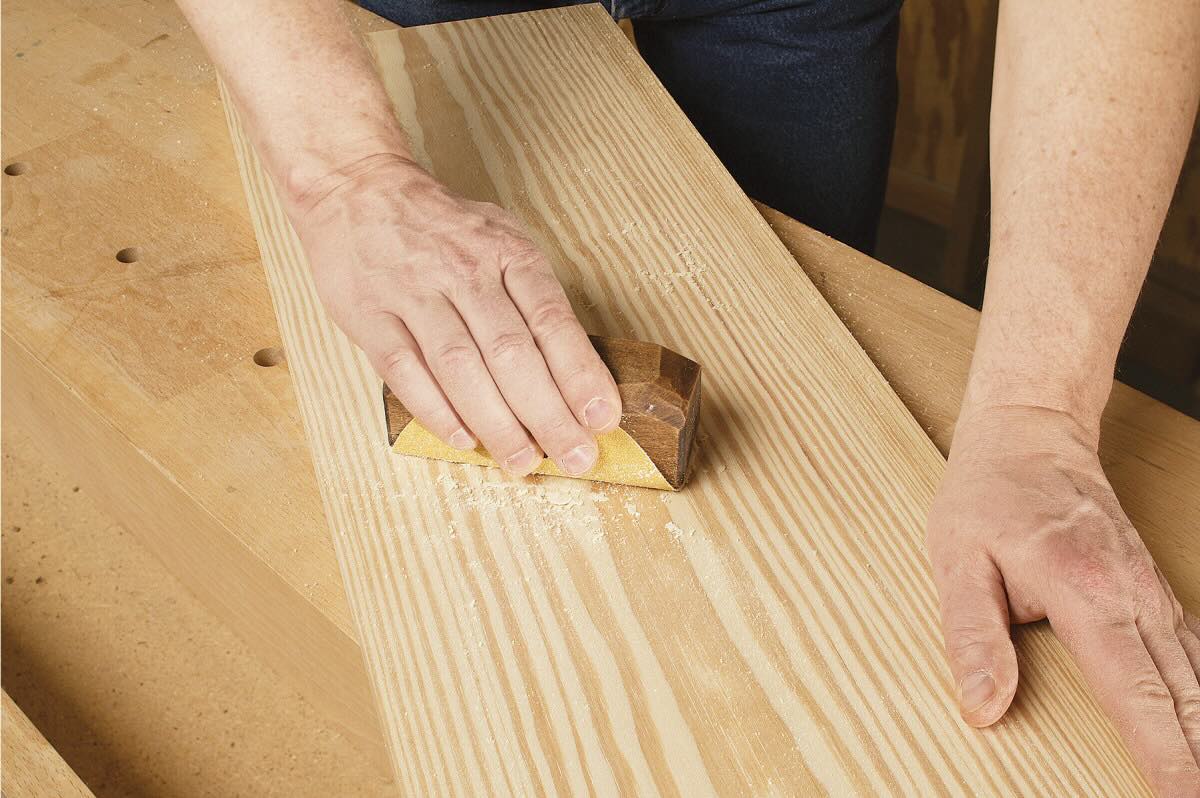

Tools & Equipment
What Grit Sandpaper For Pine Wood
Modified: May 6, 2024
Discover the best grit sandpaper for pine wood with our comprehensive guide. Find the right tools and equipment for your woodworking projects.
(Many of the links in this article redirect to a specific reviewed product. Your purchase of these products through affiliate links helps to generate commission for Storables.com, at no extra cost. Learn more)
Introduction
Welcome to the world of woodworking, where the beauty of natural wood meets the craftsmanship of human hands. Whether you’re a seasoned carpenter or a DIY enthusiast, working with pine wood is a delightful experience. Its light color, smooth texture, and versatility make it a popular choice for a wide range of projects, from furniture to trim work. However, to bring out the best in pine wood, you need the right tools and techniques, and one essential tool in your arsenal is sandpaper.
Sandpaper is not one-size-fits-all; it comes in various grits, each serving a specific purpose in the woodworking process. Understanding the different grits and knowing which one to use for pine wood is crucial for achieving the desired finish. In this article, we’ll delve into the world of sandpaper grits and explore the best grit sandpaper for pine wood, equipping you with the knowledge to elevate your woodworking projects to new heights.
Key Takeaways:
- Choose the right grit sandpaper for pine wood: start with medium to coarse grit for initial sanding, transition to finer grit for smoothing, and finish with extra fine grit for a flawless, polished look.
- Tailor sandpaper grit selection to pine wood’s characteristics: consider delicate grain patterns, resinous areas, and knots when choosing grits to achieve a smooth, refined finish.
Read more: What Grit Sandpaper For A Wood Dresser
Understanding Grits in Sandpaper
Before delving into the specifics of sanding pine wood, it’s essential to grasp the concept of grits in sandpaper. Grit refers to the number of abrasive particles per square inch of the sandpaper. The higher the grit number, the finer the sandpaper. Sandpapers are categorized into different grit ranges, each serving a distinct purpose in the sanding process.
Coarse Grits: Sandpapers in the coarse grit range typically range from 40 to 60 grit. These are designed for heavy material removal, such as smoothing rough surfaces, leveling uneven patches, or removing old finishes and paint. They are not suitable for finishing pine wood due to their aggressive nature, which can leave behind deep scratches.
Medium Grits: Falling in the 80 to 120 grit range, medium grit sandpapers are versatile and commonly used for general sanding tasks. They are effective in removing light to moderate imperfections, preparing surfaces for finishing, and smoothing out minor blemishes. While they can be used on pine wood, they may not provide the smooth, refined finish that finer grits offer.
Fine Grits: Sandpapers in the fine grit range, typically ranging from 150 to 180 grit, are ideal for achieving a smooth surface and preparing the wood for staining or painting. They are effective in removing small imperfections, fine-tuning surfaces, and creating a uniform texture. When working with pine wood, fine grit sandpapers are often the go-to choice for achieving a polished, professional finish.
Extra Fine Grits: With grit numbers ranging from 220 to 600, extra fine grit sandpapers are designed for the final stages of sanding, where a flawless, glass-like finish is desired. They excel in removing very fine imperfections, smoothing the wood to perfection, and preparing it for a pristine finish, such as a clear coat or high-gloss paint.
Understanding the characteristics and applications of different grits empowers woodworkers to select the most suitable sandpaper for their specific projects. When it comes to pine wood, the choice of grit can significantly impact the final appearance and texture of the wood, making it essential to choose the right grit sandpaper for the task at hand.
Choosing the Right Grit Sandpaper for Pine Wood
When it comes to sanding pine wood, selecting the right grit sandpaper is pivotal in achieving the desired finish. The inherent characteristics of pine, such as its softness and grain pattern, influence the choice of sandpaper grit for optimal results. Here’s a guide to choosing the right grit sandpaper for pine wood:
Initial Sanding:
For initial sanding or the removal of rough surfaces, start with a medium to coarse grit sandpaper, typically in the range of 80 to 120 grit. This allows you to level the surface, remove any prominent imperfections, and prepare the wood for finer sanding. Keep in mind that pine wood is relatively soft, so using excessively coarse grits may result in visible scratches that are challenging to remove in later stages.
Smoothing and Refining:
Once the initial sanding is complete, transition to a finer grit sandpaper in the range of 150 to 180 grit. This step focuses on smoothing out the surface, refining the texture, and preparing the wood for staining or finishing. The fine grit sandpaper helps eliminate the scratches left by coarser grits, resulting in a more uniform and polished appearance.
Read more: What Grit Sandpaper For Cedar Wood
Final Finishing:
For the final stages of sanding pine wood, such as preparing it for staining or applying a clear finish, opt for an extra fine grit sandpaper in the range of 220 to 300 grit. This fine-tunes the surface, removes any remaining imperfections, and creates a smooth canvas for the finishing touches. The use of extra fine grit sandpaper enhances the natural beauty of pine wood, bringing out its grain and texture with exceptional clarity.
Special Considerations:
It’s important to adapt the grit selection to the specific characteristics of the pine wood being worked on. If the wood has a particularly delicate or intricate grain pattern, it may be beneficial to use finer grits throughout the sanding process to minimize the risk of visible scratches. Additionally, when dealing with resinous areas or knots in pine wood, exercising caution with coarser grits can prevent the resin from being spread across the surface, which can complicate the finishing process.
By understanding the nuances of sandpaper grits and tailoring the selection to the unique properties of pine wood, woodworkers can achieve a flawless finish that accentuates the natural allure of this beloved material. Choosing the right grit sandpaper is a harmonious blend of artistry and technique, allowing the inherent beauty of pine wood to shine through in every project.
Conclusion
In the realm of woodworking, the art of sanding is a transformative process that elevates raw materials into refined masterpieces. When working with pine wood, the selection of the right grit sandpaper is a pivotal decision that directly influences the final appearance and texture of the wood. Understanding the diverse grits available and their respective roles in the sanding process empowers woodworkers to craft exquisite pieces that showcase the inherent beauty of pine.
From the initial stages of leveling and smoothing to the final touches of refining and preparing for finishing, the choice of grit sandpaper for pine wood requires thoughtful consideration. By starting with a medium to coarse grit for initial sanding, transitioning to a finer grit for smoothing and refining, and culminating with an extra fine grit for the final finishing, woodworkers can unveil the captivating grain and texture of pine wood with precision and finesse.
Every stroke of sandpaper becomes a brushstroke in the artisan’s hand, shaping the character of the wood and bringing forth its unique personality. The journey of sanding pine wood is a harmonious dance between the craftsman and the material, culminating in a symphony of natural beauty and craftsmanship.
As you embark on your woodworking endeavors, may the knowledge of grit sandpaper and its profound impact on pine wood inspire you to create timeless pieces that resonate with elegance and artistry. Let the humble sandpaper be your ally in revealing the untold stories hidden within the grains of pine, as you breathe life into each creation with the touch of your hands and the wisdom of your craft.
Embrace the artistry of sanding, for within its gentle abrasion lies the power to unveil the exquisite splendor of pine wood, transforming it into a canvas of timeless allure.
If you found our guide on selecting sandpaper for pine wood helpful, you'll definitely want to delve deeper into related topics. For insights into the latest techniques in woodworking, our article on the best practices for 2024 is a must-read. Those who enjoy hands-on projects will appreciate our exploration of why DIY projects are so rewarding. Additionally, if you're keen on crafting your own furniture, don't miss our practical advice on learning furniture making. Each piece offers valuable tips and tricks to enhance your skills.
Frequently Asked Questions about What Grit Sandpaper For Pine Wood
Was this page helpful?
At Storables.com, we guarantee accurate and reliable information. Our content, validated by Expert Board Contributors, is crafted following stringent Editorial Policies. We're committed to providing you with well-researched, expert-backed insights for all your informational needs.
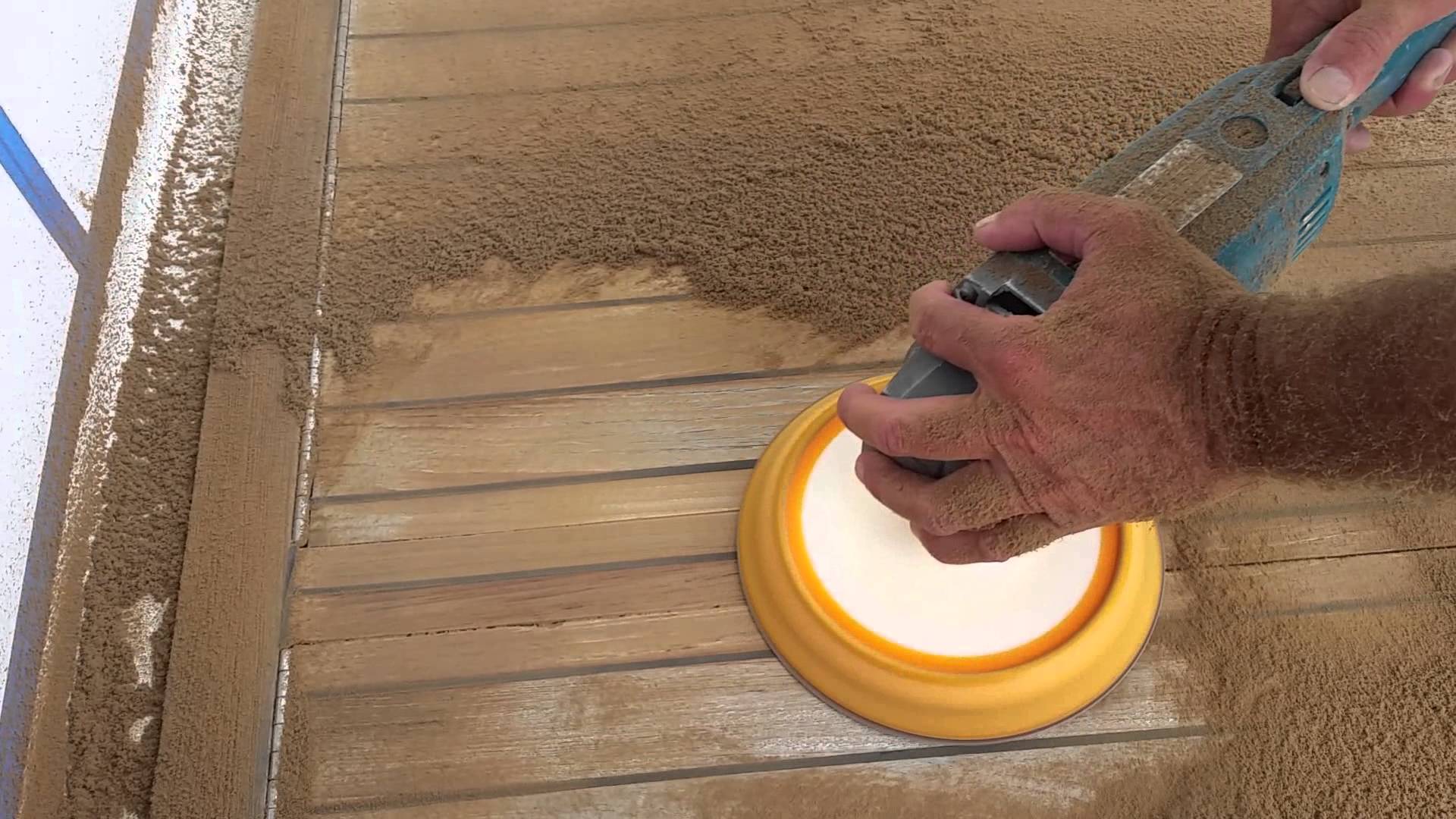
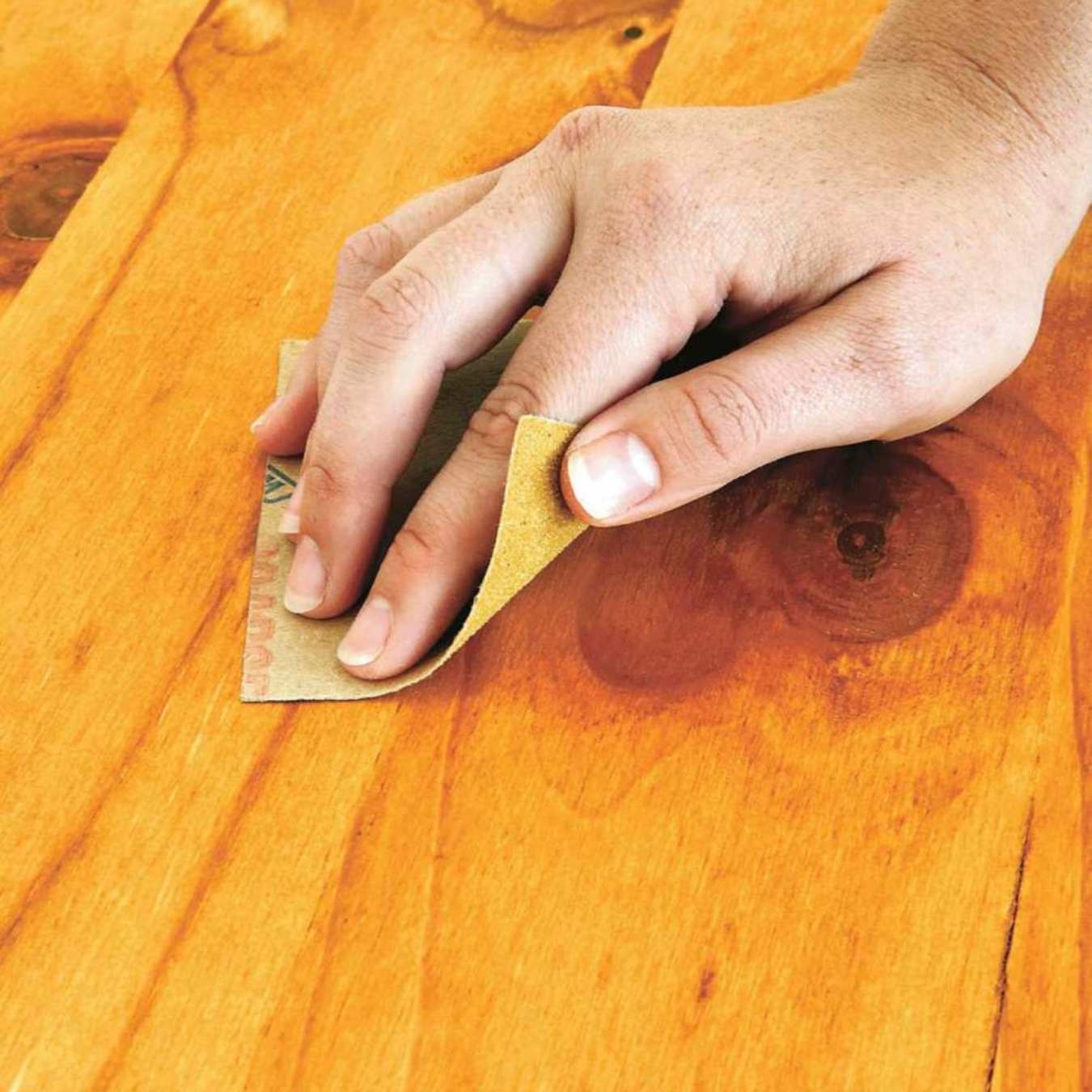
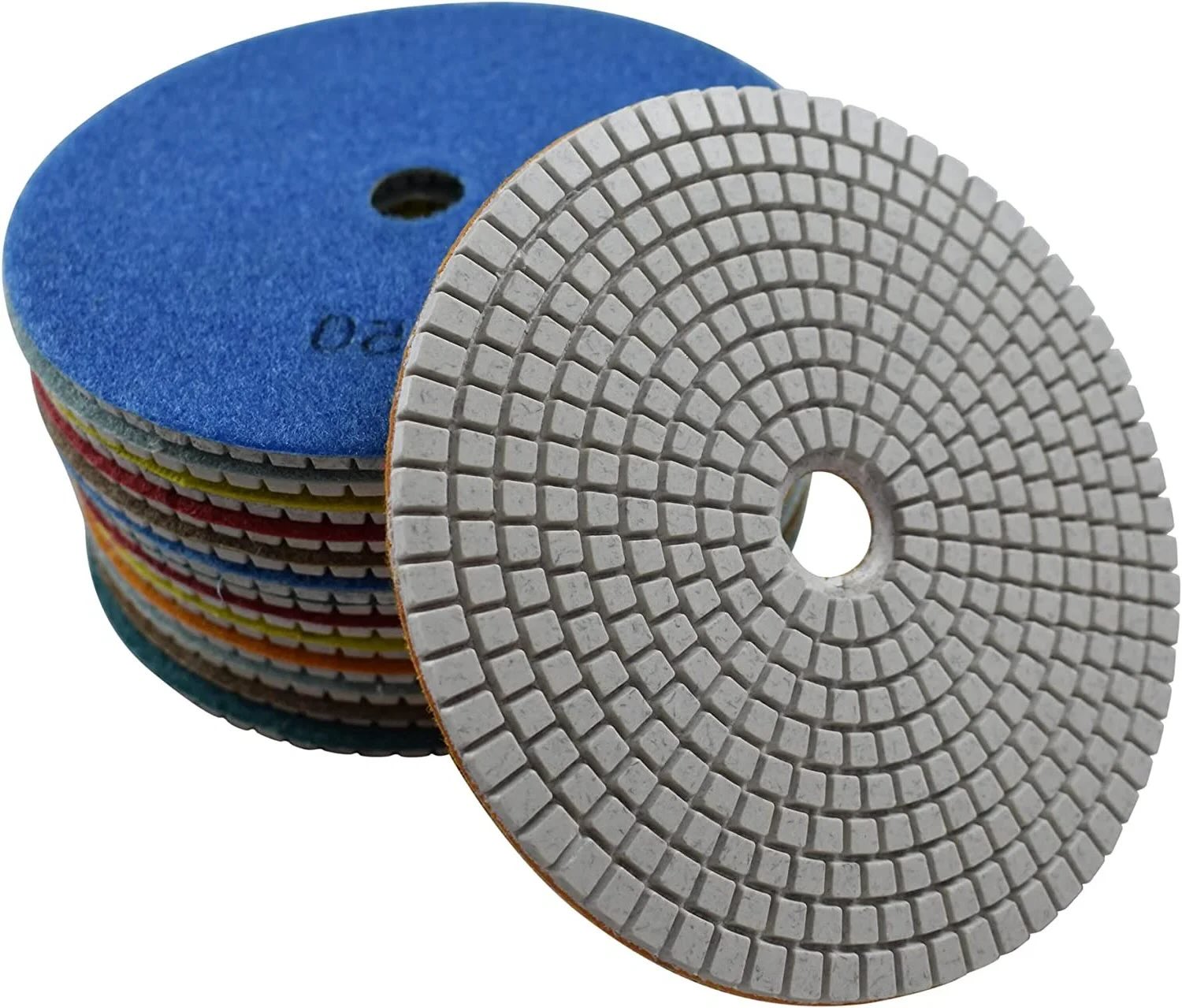

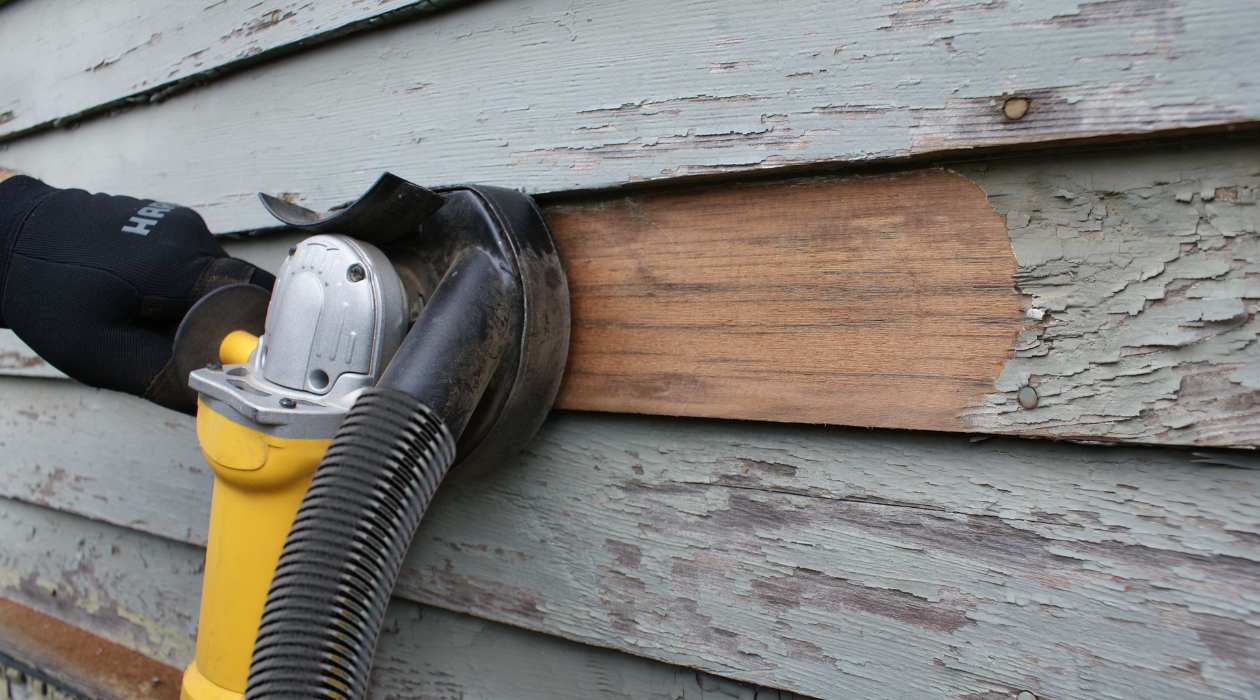



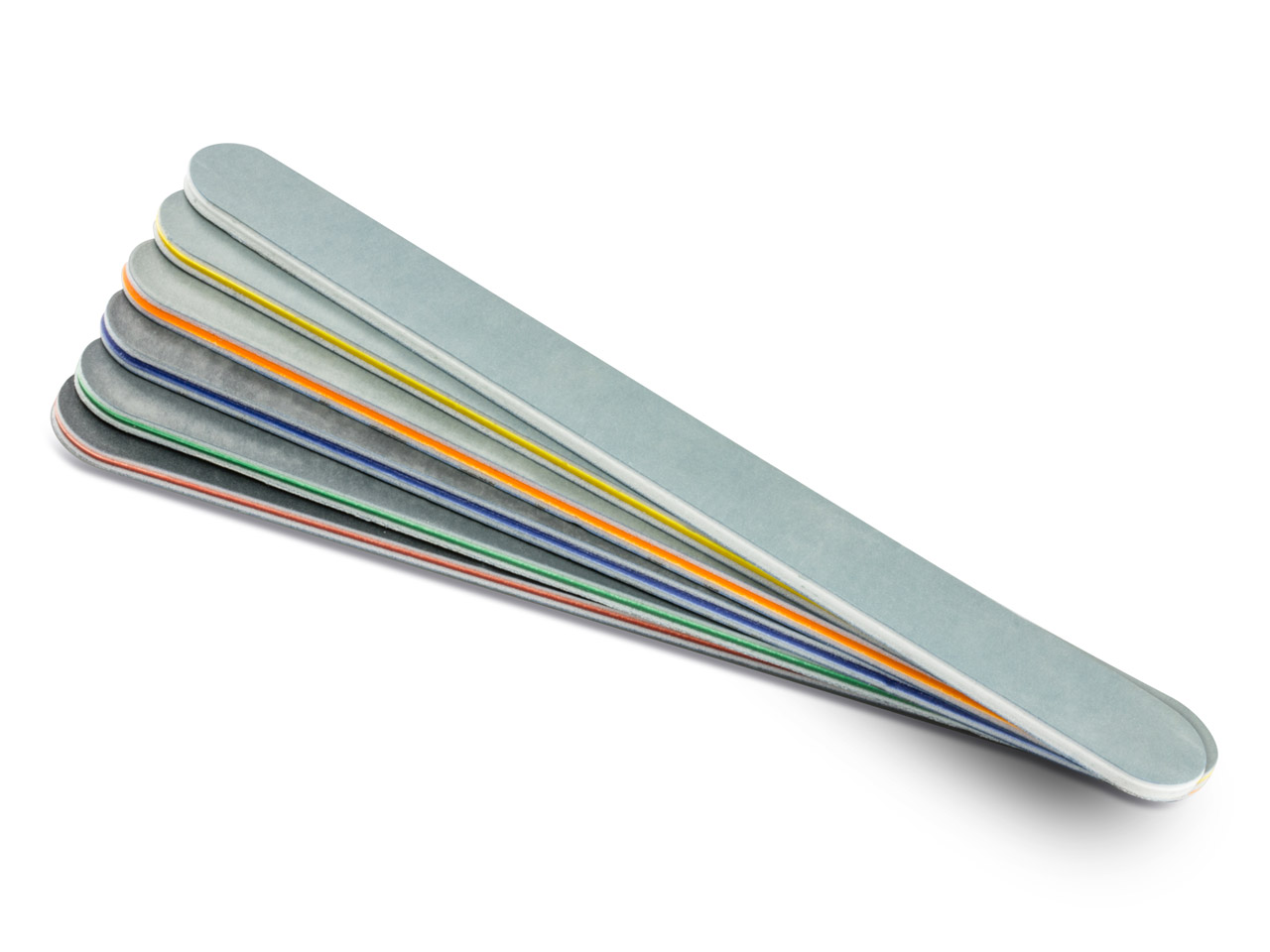
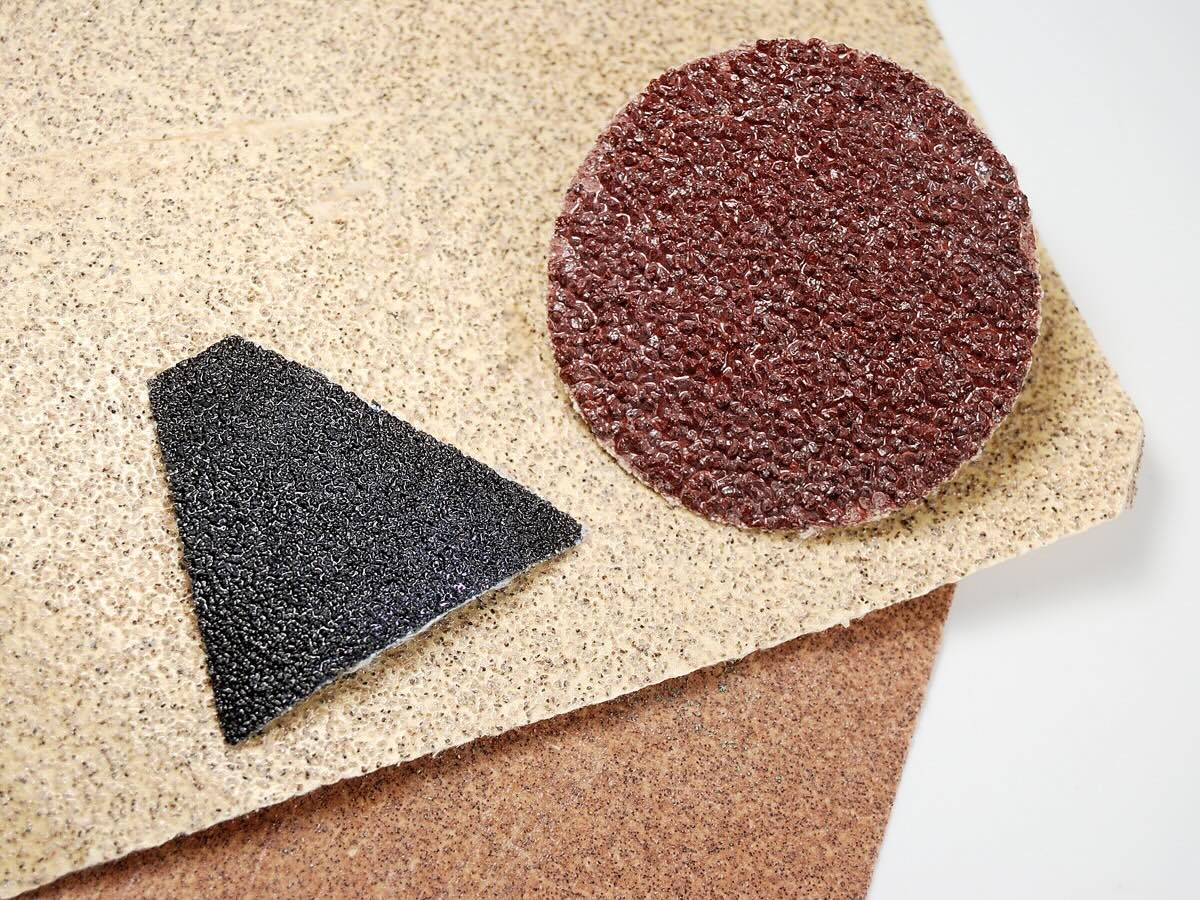
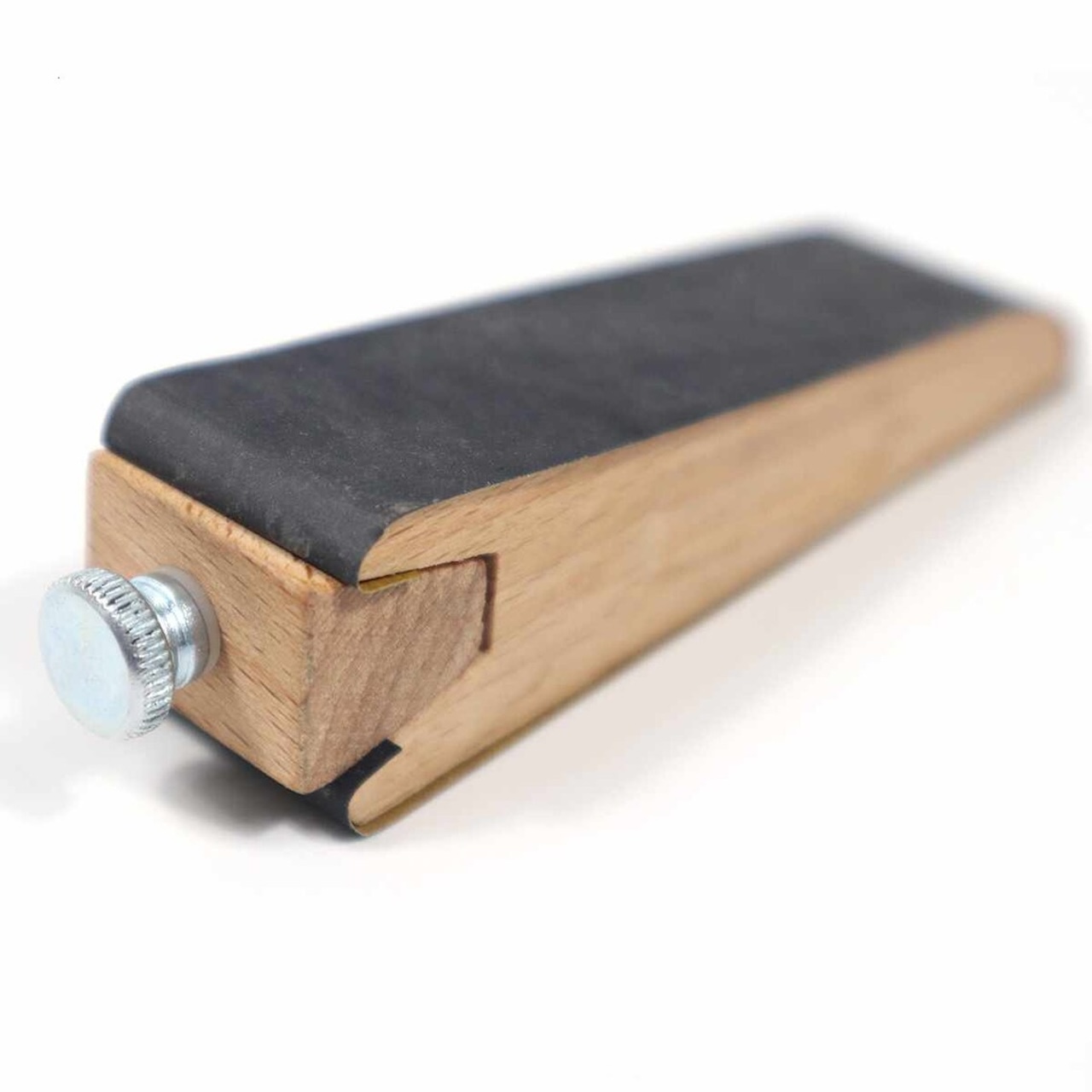
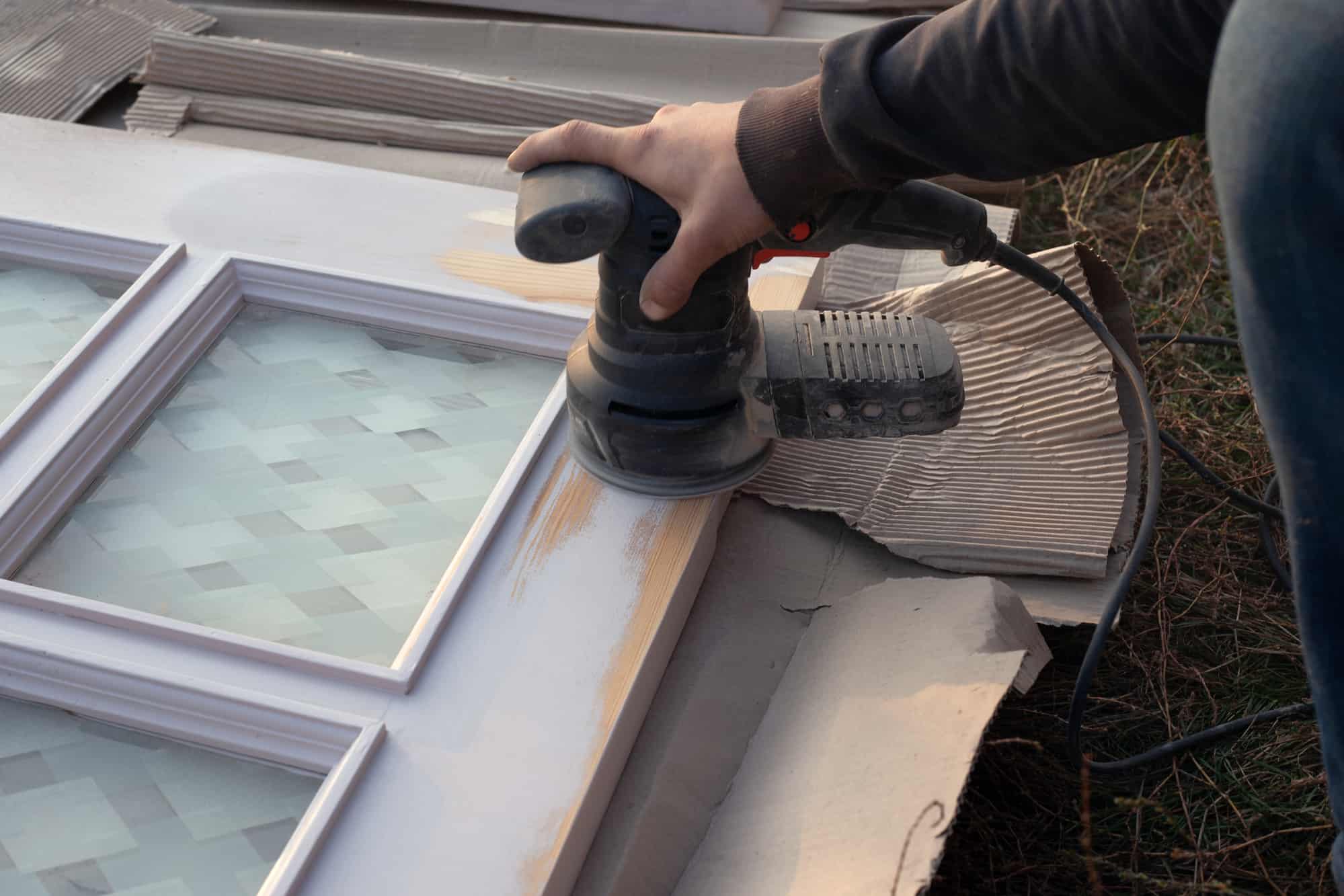

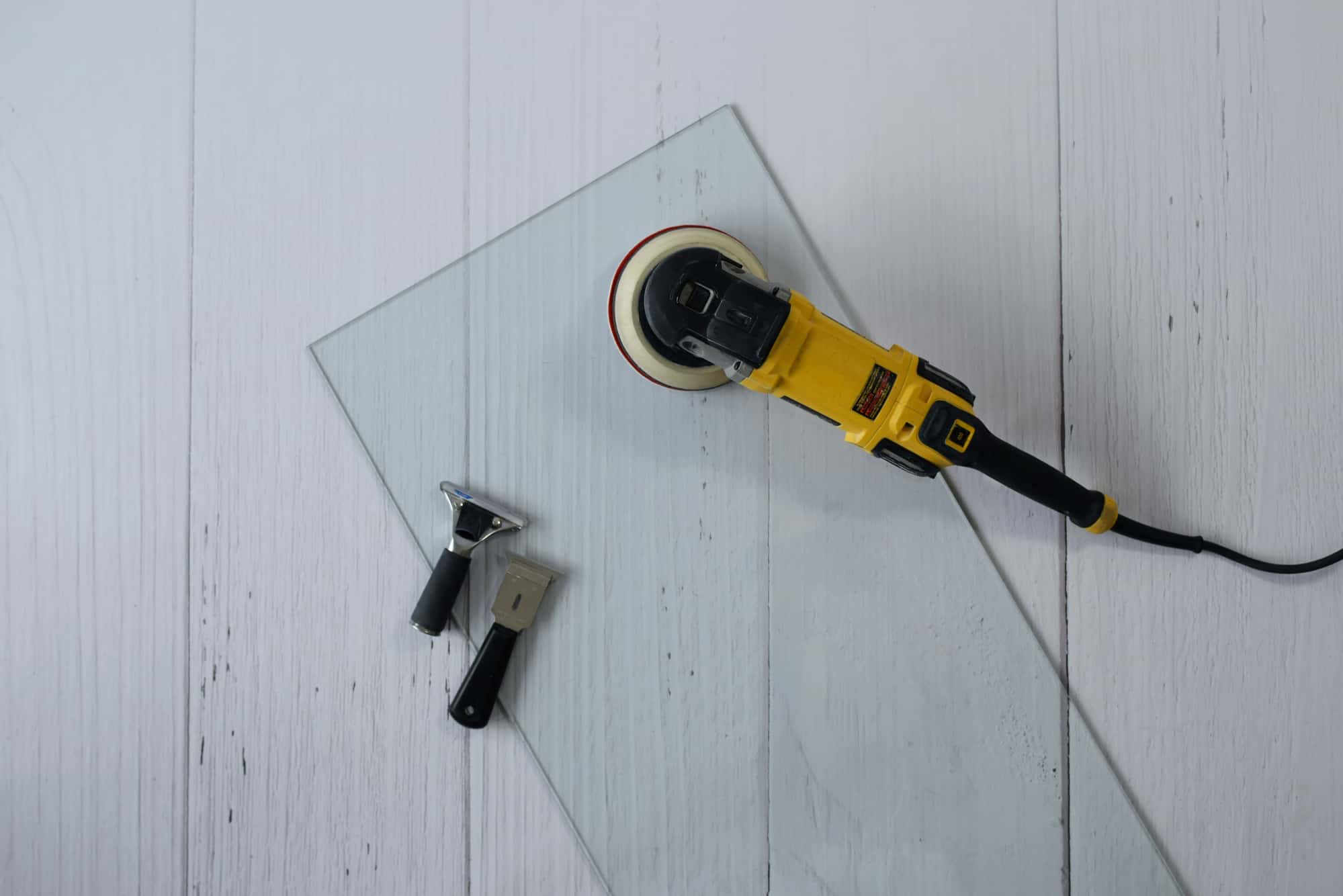

0 thoughts on “What Grit Sandpaper For Pine Wood”